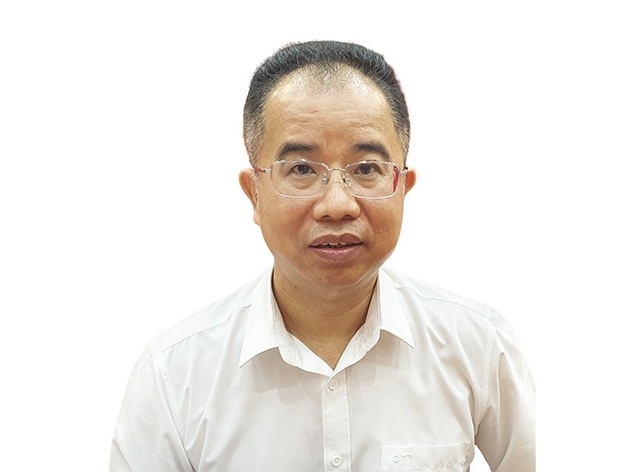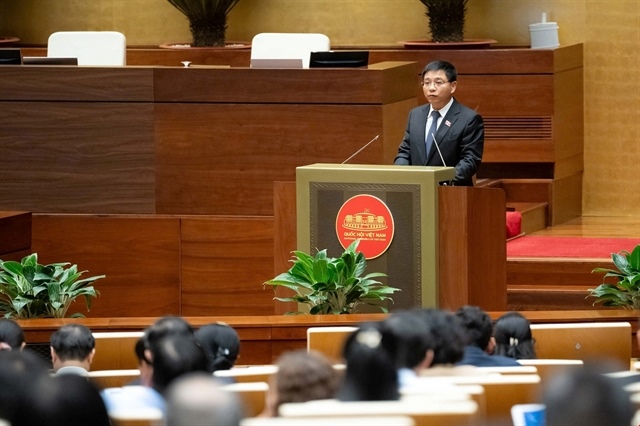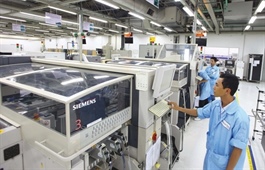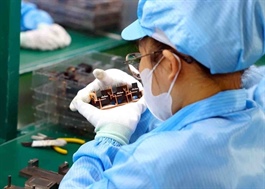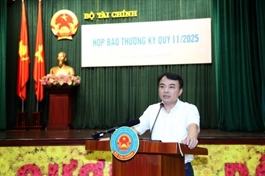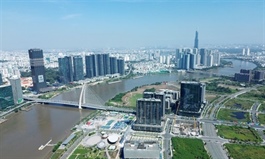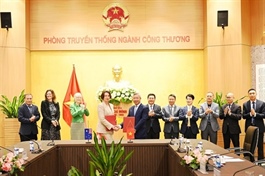SK Group considers $2.1B LNG power investment in Nghe An
SK Group considers $2.1B LNG power investment in Nghe An
South Korean conglomerate SK Group is exploring the possibility of investing in a landmark $2.1 billion liquefied natural gas power plant in Vietnam’s central province of Nghe An, signalling growing interest from Korean investors in Vietnam’s energy transition.
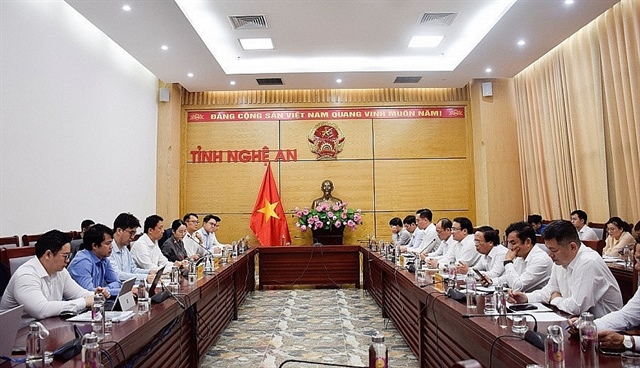
Nghe An officials meeting with the SK Group delegation to discuss the proposed investment. Photo: Nghe An province |
The Nghe An government held a working session with a delegation from SK Group, led by Youngwook Yoo, vice chairman of SK Innovation E&S, on July 2 to discuss potential collaboration on Quynh Lap Liquefied Natural Gas (LNG) Power Plant. This marks the group’s second visit to the province in connection with the venture.
Speaking at the meeting, Phung Thanh Vinh, Vice Chairman of Nghe An People’s Committee, confirmed that provincial leaders are committed to facilitating the project and have already coordinated with the Ministry of Industry and Trade (MoIT) regarding its implementation.
"Nghe An is eager to become a key destination for major energy projects. We welcome SK’s interest and will create the best advantages possible for effective investment," said Vinh.
According to Yoo, SK Group is currently conducting parallel feasibility studies for two major LNG-to-power projects: the Quynh Lap development in Nghe An and another in Nghi Son, Thanh Hoa province. After meetings with both provincial authorities, the group plans to consolidate findings and present them to central government agencies for further guidance on the investment direction.
The Quynh Lap plant is planned for Tan Mai ward, Hoang Mai township. The facility will have an installed capacity of 1,500MW (two units of 750MW each) and an estimated total investment of $2.11 billion. It will include an LNG receiving terminal for vessels of 100,000–150,000 DWT, a regasification system, and synchronised infrastructure. The projected annual LNG import volume is 1.15 million tonnes.
The project is listed among the key power generation initiatives prioritised for implementation under Vietnam’s National Power Development Plan VIII (PDP8), approved in 2023 and further detailed in 2024. The facility is expected to be operational before 2030, contributing to Vietnam’s clean energy targets while ensuring grid reliability.
During the latest working session, the two sides exchanged views on site planning, tendering timelines, and potential shared infrastructure between the Nghe An and Thanh Hoa projects. These include port facilities and gas supply chains, suggesting a strategic approach by SK to optimise synergies across regional LNG developments.
The push by SK Group aligns with Vietnam’s broader efforts to diversify power sources, reduce coal dependence, and attract foreign capital into energy infrastructure. According to PDP8, LNG will play a transitional role in ensuring energy security and supporting industrial growth, while gradually enabling a shift towards renewables.
SK is already a familiar name in Vietnam’s investment landscape. The group has committed approximately $3.5 billion into the country through high-profile mergers and acquisitions involving Vingroup, Masan Group, and pharmaceutical firm Imexpharm. Its growing focus on energy reflects a strategic pivot towards green growth and integrated energy solutions.
SK’s broader energy strategy includes three proposed LNG power projects in Vietnam under its green growth portfolio, along with a vision to offer comprehensive energy solutions tailored to Vietnam’s transition roadmap. These may include clean fuel infrastructure, battery storage, and digital energy management systems.
The proposed Quynh Lap plant not only offers a new anchor investment in Nghe An’s industrial zone but also signals the province’s ambition to become a hub for sustainable development in north-central Vietnam. With growing industrial demand and an expanding logistics network, local authorities believe large-scale energy projects will play a crucial role in attracting secondary investments.
SK’s next step will involve further technical due diligence, environmental assessments, and engagement with Vietnamese ministries before finalising its decision. The outcome may depend on regulatory clarity, power purchase arrangements, and LNG import mechanisms, all of which are currently under review as Vietnam rolls out PDP8 implementation.
Vietnam’s transition to LNG is gathering pace, driven by the need to replace ageing coal-fired plants and accommodate rising electricity demand from manufacturing, data centres, and urban expansion. According to MoIT forecasts, LNG-fired power could account for 14.9 per cent of Vietnam’s total capacity by 2030.
While challenges remain in infrastructure readiness and global LNG price volatility, investors like SK see long-term potential in Vietnam’s energy market, supported by stable growth, policy momentum, and increasing regional cooperation.
- 16:02 04/07/2025


